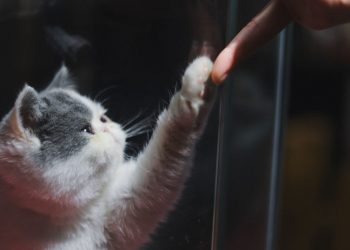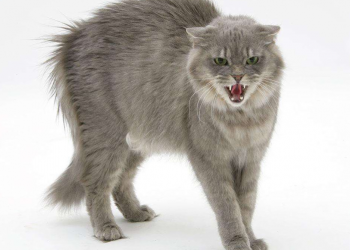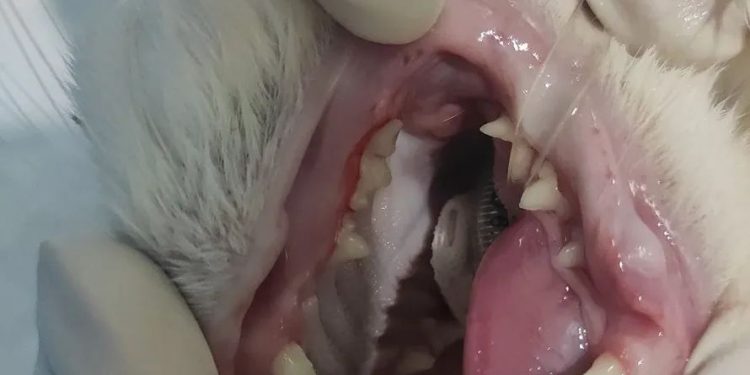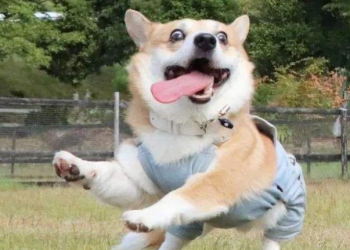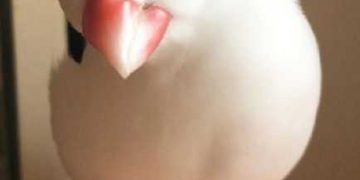Like humans, pets form plaque on their teeth after eating, under the action of saliva, food, and oral bacteria. Plaque is a yellowish sticky substance. If you don’t brush your teeth in time, cats and dogs will have bad breath, and if the plaque stays for too long, it will accumulate and form dental calculus.
If calculus is allowed to build up, it can lead to more serious gum disease and even tooth necrosis. At this time, bad breath is a small thing for people, pets are difficult to eat, they can’t speak because of pain, and they get sick more than… The problem is serious.
Therefore, pets also need to go to the hospital to see their teeth and clean their teeth, but there is an important difference between pet cleaning and human teeth cleaning – general anesthesia is required. Anesthesia has some risks, but “no anesthesia cleaning” can be even more dangerous.
A kitten who just got anesthesia teeth cleaning | Cloud 1. General anesthesia to avoid pet struggle and accidental injury When the plaque turns into calculus, the calculus is close to the surface of the teeth, and in order to remove the difficult-to-clean calculus, a sharp tooth scraper is an indispensable tool in the cleaning process. Many cats and dogs can’t even brush their teeth at ordinary times, and it’s even more unbearable to be suddenly taken to a strange hospital, where the stranger scrapes and scratches in his mouth with a metal tool that makes a strange noise. If there is no anesthesia, pets will inevitably struggle and resist in such a situation. Not to mention the stress response and psychological shadow that this may cause to pets. At this time, sharp dental tools become a weapon full of uncertainty. Pets may be stabbed and scratched by dental tools if they move a little bit. . The upper molars are closer to the eyeball, and the pet may also poke the eyeball during the struggle. Without anesthesia, not only the pet will be injured, but the operator who cleans the teeth may also be bitten. FSlinuse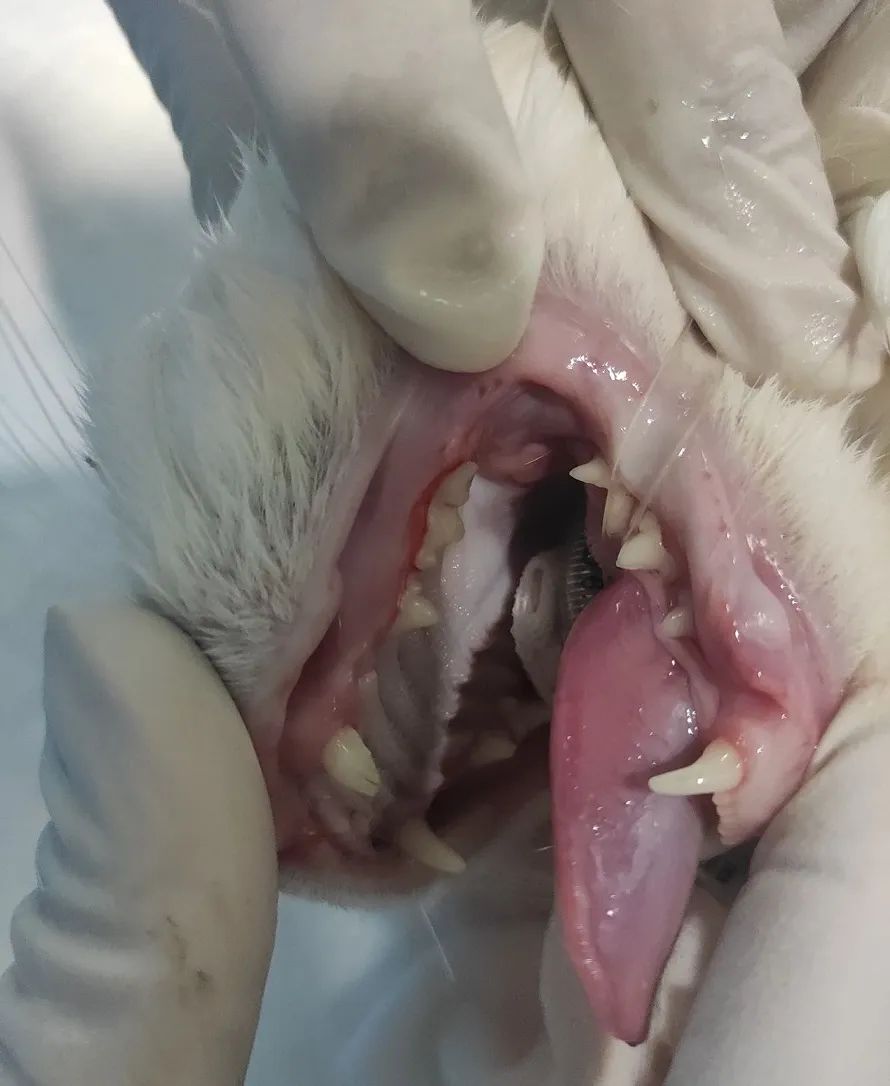
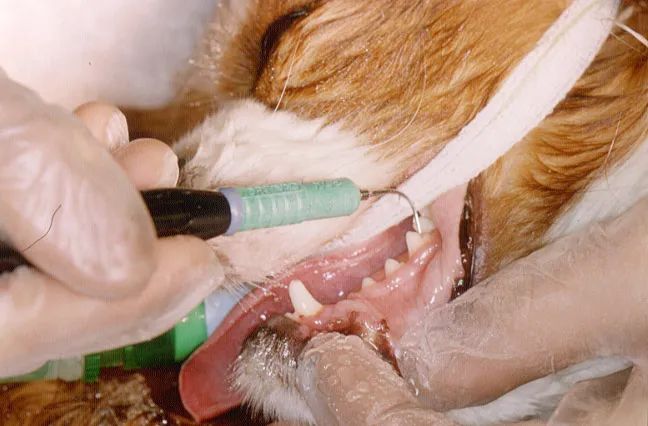
In order to more accurately measure the health of the teeth and create a treatment plan, doctors also need to take X-rays of the pet’s mouth before cleaning, which can only be done under general anesthesia.
In addition to cleaning the visible tooth surface, a professional and complete dental cleaning process also includes cleaning the area below the gum that comes into contact with the teeth. People can understand the necessity of cleaning teeth and why dentists want us to open our mouths and use many instruments to fiddle in our mouths, so we can cooperate with cleaning our teeth while enduring fear and discomfort, but we must let cats and dogs cooperate throughout the process. Keeping your mouth wide open for a doctor to clean every surface of your teeth and gums is a nonsense.
Therefore, without anesthesia, pet cleaning is very limited, and the veterinarian or groomer can only clean the calculus that is easily seen by the eyes and can be easily removed without the cooperation of the animal. The result is that the entire mouth is not really cleaned, and the invisible calculus and dirt between the gums and teeth cannot be cleaned at all. And anesthesia allows doctors to clean and treat every tooth, and every corner of the gums, to an aesthetically pleasing and healthy standard.
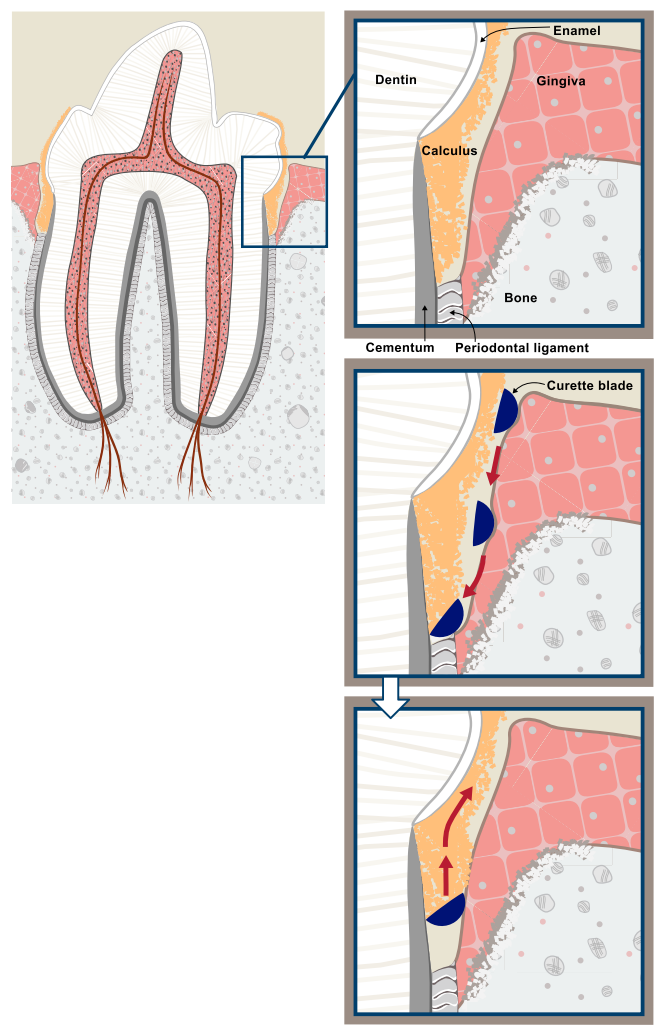
3. General anesthesia to prevent pets from inhaling debris
Water is used for cleaning, tooth extraction and other operations. If there is no anesthesia, pets may inhale the cleaning water mixed with bleeding caused by cleaning, cleaned dental calculus and other impurities during the emergency struggle. These can be inhaled into the respiratory tract, which in turn can cause severe inflammation in the lungs and associated tissues, posing a health hazard to pets. But in standard general anesthesia surgery, this risk is reduced.
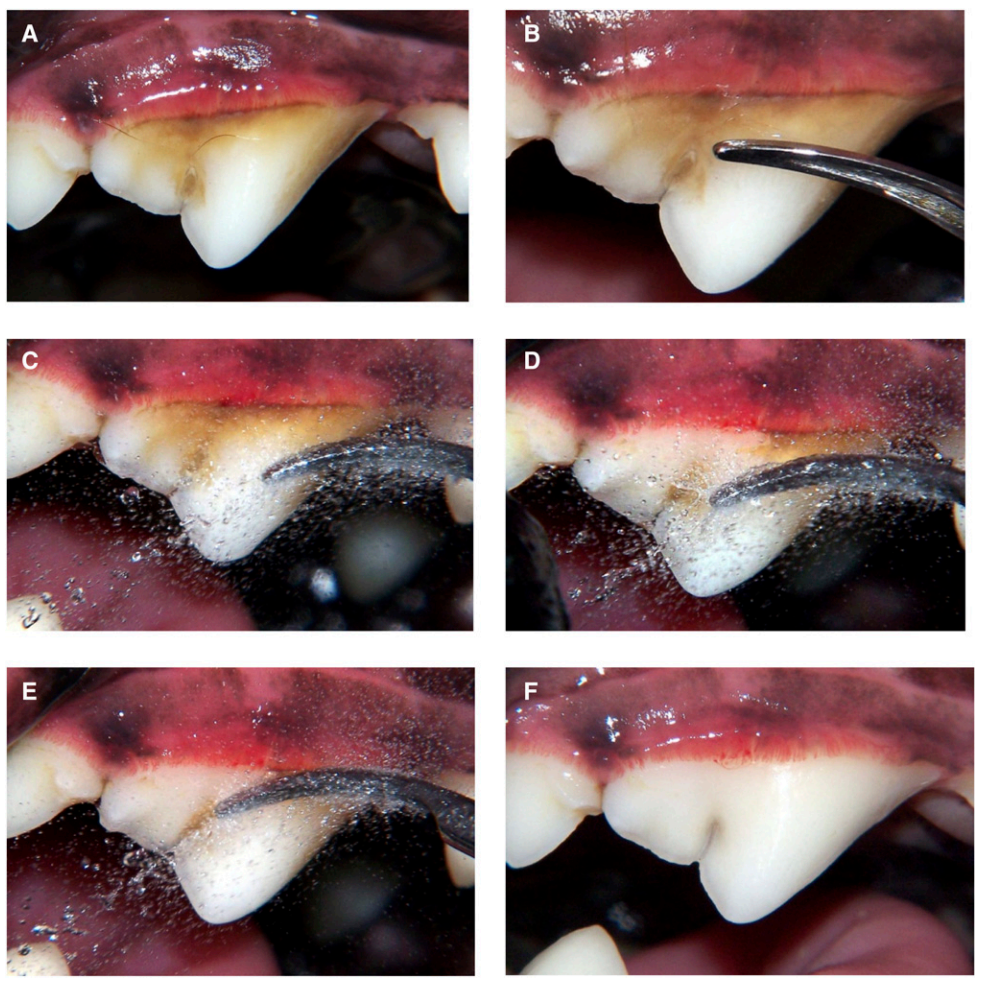
Jan Bellows
The awake fear and struggle caused by tooth cleaning without anesthesia will make pets more resistant to others touching their mouths, and it will be more difficult to brush their teeth later.
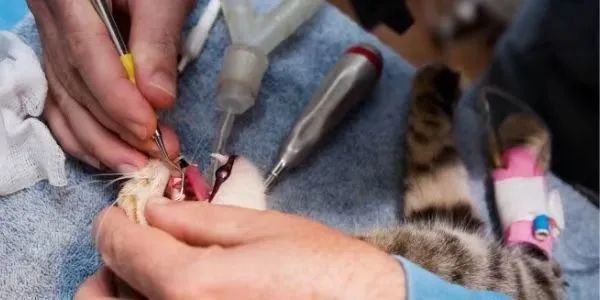
preventivevet
Veterinary professional organizations such as the American Veterinary Medical Association (AVMA) and the Animal Hospital Association (AAHA) have emphasized that pet cleaning must be anesthetized. The AAHA’s 2019 Guidelines for Oral Care for Dogs and Cats states that non-veterinary personnel such as groomers are not allowed to scrape pets. The implementation of pet teeth cleaning requires the following conditions: a trained veterinarian, a comprehensive preoperative examination, a professional clinical environment, an anesthetized pet, and real-time close monitoring.
Risk of anesthesiaWorry about the risks of anesthesia is an important reason why many people are afraid to bring their pets to have their teeth cleaned.
Indeed, general anesthesia is risky, and different anesthetics can cause more or less inhibitory effects on the body’s functions, which is why it is necessary to leave this project to a professional animal doctor to complete. In order to reduce the risk of general anesthesia, the doctor will conduct a comprehensive physical examination on the small animal’s body before surgery, including auscultation, blood tests, etc., to ensure that the pet’s health status allows it to undergo general anesthesia.
After the preoperative examination is passed, the regular animal hospital will carefully monitor the physiological indicators of the animal at all times throughout the operation, including heart rate, respiratory rate, blood pressure, carbon dioxide concentration in exhaled air, body temperature, eye position, mucosal color, electrocardiogram, oxygen Saturation and other vital signs to ensure pet safety.
For the time being, we cannot completely avoid the possible risks of general anesthesia surgery. A 2009 study of more than 98,000 dogs and 79,000 cats concluded that the mortality rate from anesthesia or sedation was 0.17% for dogs and 0.24% for cats.
In 2012, a French study counted 3,546 dogs and cats under general anesthesia. The statistical results showed that the overall mortality rate was 1.35%; among them, for healthy animals, the mortality rate was 0.12%. For sick animals, the mortality rate was 4.77%. In other words, for healthy pets, most times of anesthesia are safe and smooth.
Whether to accept the possible risks of anesthesia, or let the beloved pet endure pain and disease, is a question that every pet owner needs to think about and weigh.
Regular oral care
In daily life, the owner has to pay attention to the oral care of the pet, such as brushing the teeth, using drinking water additives, or using the toothbrush. The daily cleaning of pets is different from that of people. Usually, you need to pay attention to the following points:
How to choose toothpaste:
To brush your teeth, you need to use toothpaste for pets, and it needs to be the taste that cats and dogs like (for example, many pets prefer chicken- or beef-flavored toothpaste, rather than the mint flavor that humans may commonly use)! Because cats and dogs are more or less resistant to brushing their teeth, it is very important to choose the right taste.
Remember, you must not use human toothpaste, because some of the substances in it cannot be swallowed by cats and dogs, and you must not use baking soda or products containing xylitol directly, because the alkalinity of baking soda can cause gastrointestinal discomfort in cats and dogs, And it is very unpalatable in the mouth, and if consumed in excess, it can be life-threatening; and xylitol is toxic to cats and dogs.
In a word, safety and palatability are the keys to choosing toothpaste!
How to choose a toothbrush:
Choose a pet-specific toothbrush, a soft children’s toothbrush, a finger-tip toothbrush, or gauze.
Some cats and dogs don’t like the touch of a toothbrush, but they can accept the owner’s fingers, and some prefer the opposite. Shit shoveling officers need to be flexible and do what they like.
How to train to brush your teeth:
Before brushing your teeth, squeeze some toothpaste for cats and dogs to taste. If your pet likes the taste of this toothpaste, then you are halfway there! Next, you can touch your pet’s teeth with a toothbrush dipped in toothpaste, and then immediately use positive reinforcement to reward and praise your pet with some delicious treats! Repeated and strengthened like this, the brushing force is also from light to heavy, and the pet’s acceptance of brushing will become higher and higher. The process of brushing your teeth is about gradual progress, so be patient and don’t rush for success!
In general, canines and posterior molars are prone to plaque buildup, so be careful when brushing. Many pets do not accept brushing the inner teeth. This is not a big problem, because the pet’s tongue can play a certain role in “brushing the teeth”, and we can only brush the outer teeth.
How to choose a toothbrush?
As a supplement to brushing teeth, or pets are unwilling to brush their teeth, feeding a toothbrush can also play a certain role in cleaning teeth. Many dog owners may think that feeding their dogs bones is a good way to clean their teeth, but this is not the case. While there is indeed experimental data showing that gnawing on bones reduces calculus, the risks of feeding bones far outweigh the possible benefits. When a dog eats a bone, it may knock out teeth and gums, and the broken bone may get stuck in the esophagus, causing gastric perforation and even death.
Buying high-quality, moderately firm edible toothbrushes can not only help dogs maintain oral health, but also avoid the dangers of gnawing on bones, so it is a good choice.
Is there any pet food that can clean teeth?
Some pet food companies also have foods specifically for oral health. These dog food and cat food are said to combine special technology and raw materials, so that every bite that cats and dogs eat can play the role of “brushing their teeth”.
Do mouthwashes work?
Some of the enzymes in mouthwash can reduce the formation of plaque, help protect those areas that cannot be reached by a toothbrush or toothbrush, and are also effective for dogs who are reluctant to brush their teeth. However, the quality of mouthwash on the market varies, and some even contain xylitol, which is toxic to cats and dogs.
Because of the clutter of mouthguard products on the market, not every product really works as advertised. Experts in the field of veterinary medicine also realized this, in order to give pet owners some peace of mind and confidence, he or they created the Veterinary Oral Health Council (VOHC).
If a product proves in the experiment that its effect does meet the claims made by the merchant (for example, it can reduce dental plaque, reduce dental calculus), etc., after passing the VOHC review, these products can be printed with the VOHC logo on the packaging. For the sake of safety and effectiveness, shovel officers can choose to purchase VOHC certified products.

